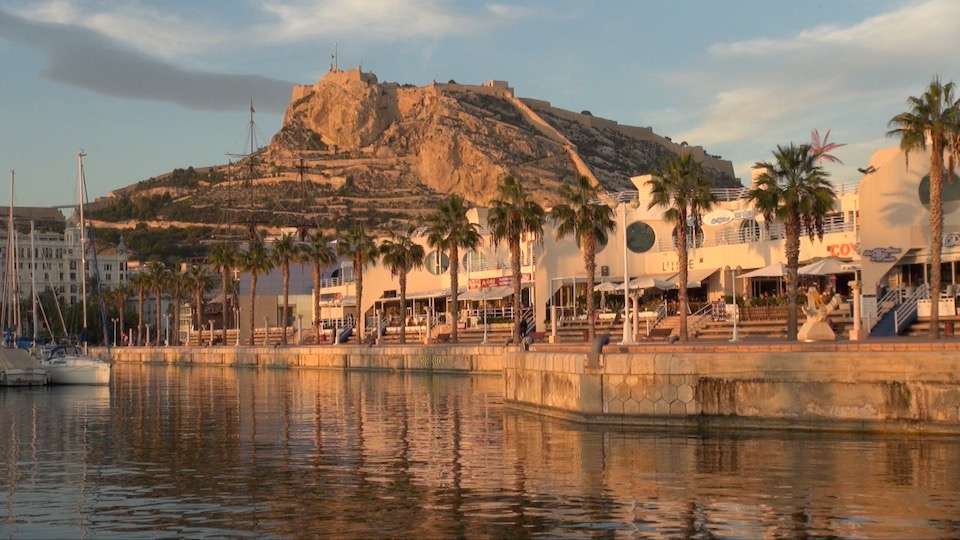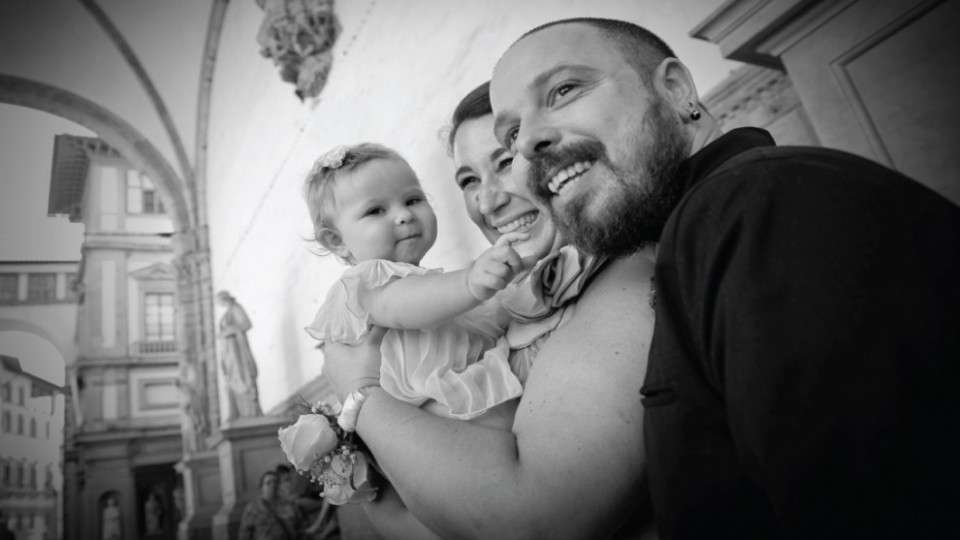Alicante – Spain
Alicante is a city and a historic Mediterranean port in Spain on the Costa Blanca.
If you stay in the old town, most areas of interest are within walking distance. The old town of Alicante is roughly the triangular area enclosed by the Rambla de Méndez Núnez, the Explanada de Espanya, and Mount Benacantil. The old narrow streets make for an enjoyable wander. Here you’ll find the town hall, cathedral and several art museums.
The old town quarter features the Central Market and includes the San Nicholas Cathedral dating from the 17th-century. The Town Hall building is an 18th-century Baroque building, and the Santa María Basilica, a gothic structure based on the mosque from the ancient town, dates from the 14th- and 16th-centuries and was completed with Baroque and Rococo finishes in the 18th-century.
The beaches are probably the reason you wish to visit Alicante, wherein the heart of the city there is Postiguet Beach, a sandy beach popular during the day and fairly busy during the evening when it’s illuminated by sodium street lights.
Explanada de Espana runs parallel to one of the port wharves and is lined on both sides with rows of palm trees. The floor is decorated with 6,600,000 tricolour marble tiles forming a design with a characteristic wave effect mosaic.
A visit to the Santa Bárbara Castle is highly recommended, entry to the castle is free. Located atop Mount Benacantil, at a height of 166 metres, it is one of the largest medieval fortresses in Spain, built in the ninth century by Muslims, with unbeatable views over the Bay of Alicante and on clear days you can see all the way to Tabarca Island. The walk from Plaza de Carmen is a sight in itself, through some narrow winding streets. If not, there is an elevator (for a fee) in the core of Mount Benacantil itself.
Castle of San Fernando, in the north part of Alicante centre, built at the beginning of the 19th century on Tossal hill.
The most important festival in the city is Las Hogueras de San Juan. The celebration takes place in the 20ths of June. Throughout Alicante, enormous monuments are constructed and burned at the end of the festival during the night of 24th to 25th. After that, a week of night fireworks continues in the beach.
Other celebrations include Carnival (in February-March, just before Lent) with parades of people in disguises and open-air concerts, Holy Week (with parades of religious brotherhoods with their images of Jesus Christ, Holy Mary and so on) and Santa Faz (second Thursday after Good Friday) where a massive pilgrimage/walk to a close village where a relic with an image of Jesus is venerated.
As in the rest of Spain, in the Epiphany (January the 6th) there is a parade in remembrance of the Three Wise Men that adored Child Jesus, where every child participates, it is the equivalent to Santa Claus in the Spanish culture.
Until the global recession which started in 2008, Alicante was one of the fastest-growing cities in Spain. The boom depended partly on tourism directed to the beaches of the Costa Blanca and particularly on the second residence-construction boom which started in the 1960s and revived again by the late 1990s. Services and public administration also play a major role in the city’s economy.







